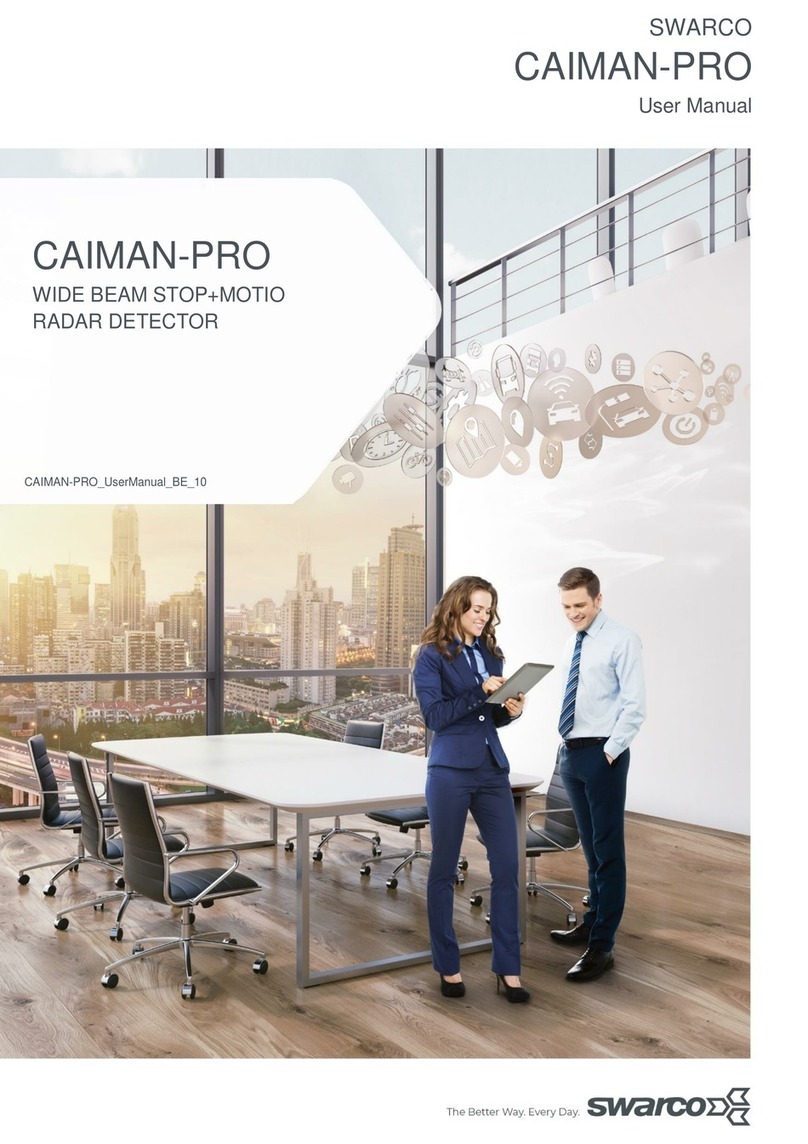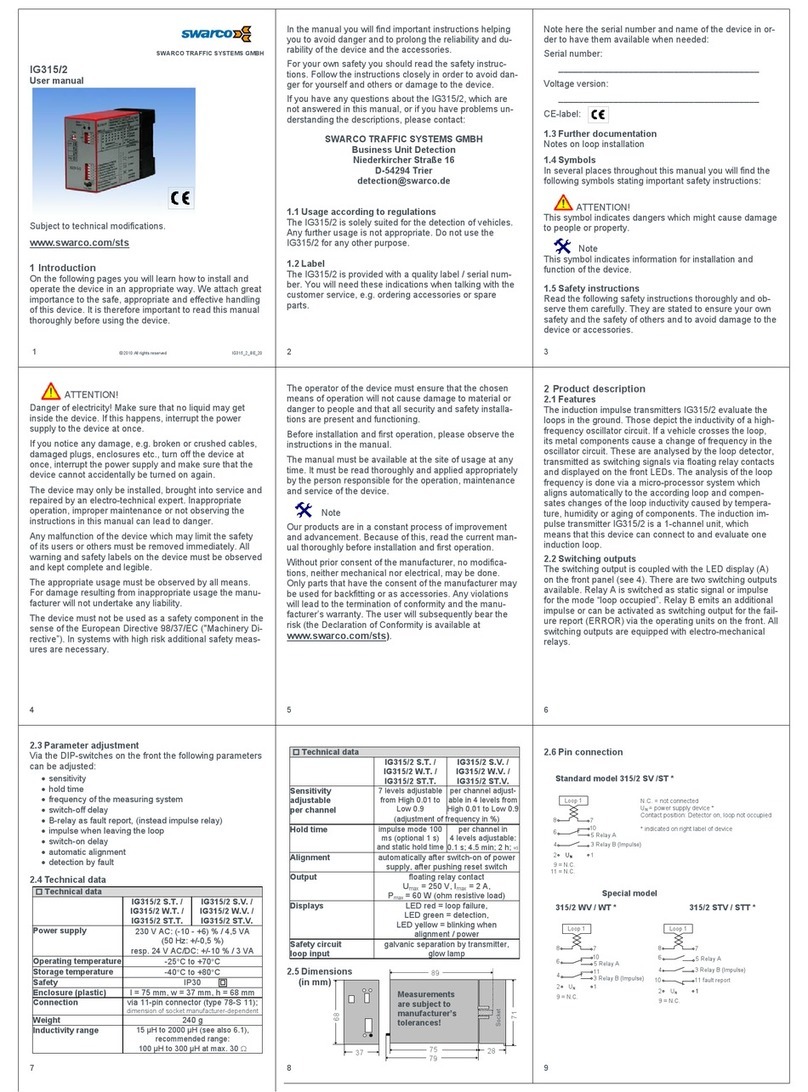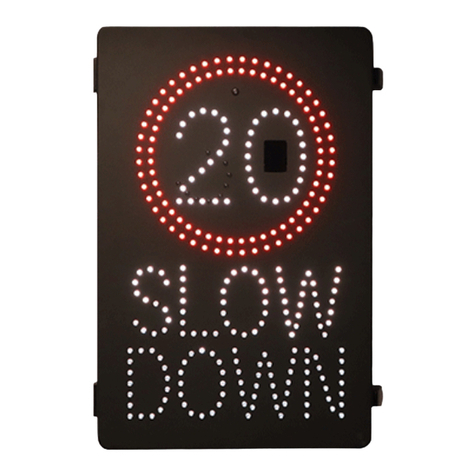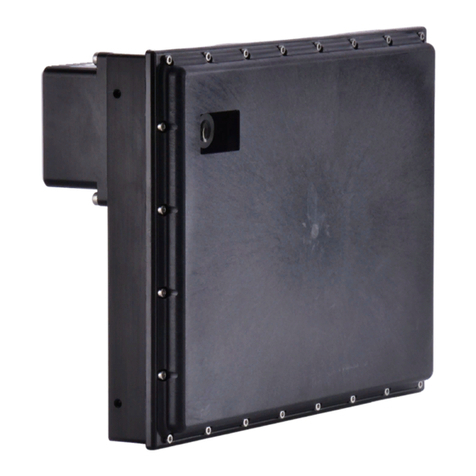
www.swarco.com
SWARCO TRAFFIC SYSTEMS GMBH, Niederkircher Straße 16, D-54294 Trier, Germany
2/39
Content
1Introduction.................................................................................................................................... 4
1.1 About this manual.................................................................................................................... 4
1.2 Usage according to regulations............................................................................................... 4
1.3 Label ........................................................................................................................................ 5
1.4 Further documentation ............................................................................................................ 5
1.5 Symbols ................................................................................................................................... 5
1.6 Safety instructions ................................................................................................................... 6
2Product description....................................................................................................................... 7
2.1 General .................................................................................................................................... 7
2.2 Overview of the essential product characteristics ................................................................... 9
3Installation of the SW2224.......................................................................................................... 10
3.1 Installation and start-up of the unit ........................................................................................ 10
3.2 Overvoltage protection and loop diagnosis ........................................................................... 10
3.3 Connection of the feeder cable.............................................................................................. 10
3.4 Parameterizing the traffic data acquisition ............................................................................ 11
4Operating the SW2224 with LoopMaster................................................................................... 13
4.1 General .................................................................................................................................. 13
4.2 Functionalities........................................................................................................................ 13
5Display and operating elements at the front panel.................................................................. 15
6Alignment and error diagnosis .................................................................................................. 17
6.1 Alignment............................................................................................................................... 17
6.2 Error detection and troubleshooting ...................................................................................... 17
6.3 Automatic calibration and control of vehicle detection .......................................................... 19
7Parameters and functionality ..................................................................................................... 21
7.1 Significance of the channel parameters ................................................................................ 21
7.1.1 Channel function............................................................................................................ 21
7.1.2 Frequency range............................................................................................................ 21
7.1.3 Loop type and loop distance.......................................................................................... 24
7.1.4 Vehicle length correction ............................................................................................... 24
7.1.5 Detection of wrong way drivers ..................................................................................... 25
7.1.6 Address data bus........................................................................................................... 25
7.1.7 Sensitivity / measuring time........................................................................................... 25
7.1.8 Hold time........................................................................................................................ 26
7.1.9 Channel flags................................................................................................................. 26
7.1.10 Maximum loop alignment duration................................................................................. 26
7.1.11 Noise threshold.............................................................................................................. 27
7.2 Significance of the device parameters .................................................................................. 27
7.2.1 Language service interface ........................................................................................... 27
7.2.2 Baud rate data bus ........................................................................................................ 27
7.2.3 Detector flags................................................................................................................. 27
7.2.4 LED turn-off time............................................................................................................ 27
































